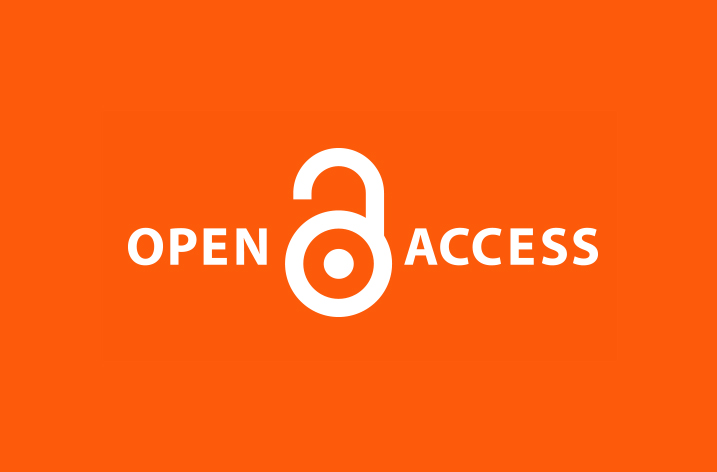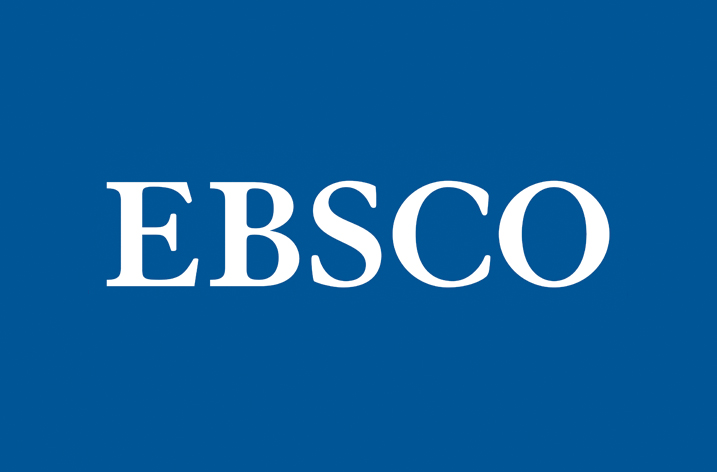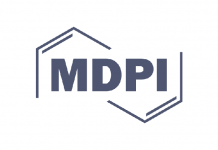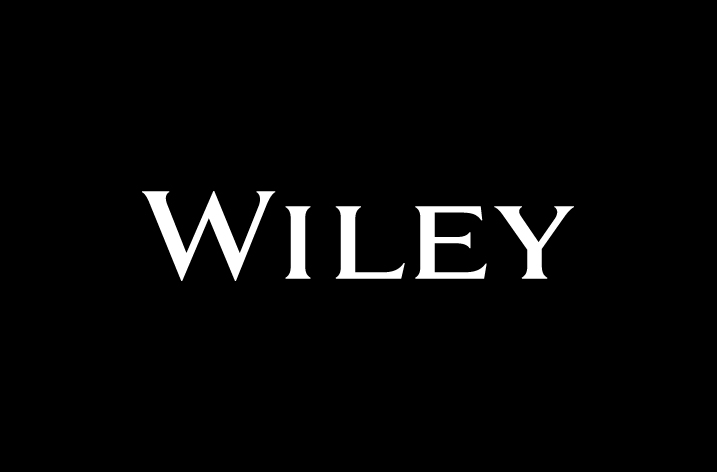
A new report on Plan S[1] from the Institute for Scientific Information, using Web of Science data poses a number of questions for the research community, including funders, publishers and institutions. This is the second report in the Global Research series from the recently relaunched Institute for Scientific Information.
The report, “The Plan S footprint: implications for the scholarly publishing landscape”, examines recent patterns of publications funded by Plan S supporters, exploring potential impacts on funders, subjects, countries, publishers, and journals.
Dr Jonathan Adams, Director, Institute for Scientific Information said: “Our report, based on journal data taken from Web of Science Core Collection, looks to provide an unbiased and data-driven background analysis to inform the debate around a potentially transformative change in research policy.
“The report raises a number of questions for consideration by funders, publishers and institutions when exploring possible ways to implement Plan S.”
The report findings pose the following questions, which are backed up with data:
- Some research areas have very few journals that are currently Plan S compliant. Without carefully paced transition to allow for the emergence of new titles, is there a risk of unusual constraints and disjunctions in publishing opportunities in affected subjects?
- Citations are not a defining metric of quality, but might the restructuring of the spread of well-cited papers have unplanned contingent consequences?
- How can the shift to Gold Open Access and associated APCs be managed equitably to protect the positions both of unfunded researchers in G20 economies and of a wider spread of authors in emergent research regions?
- The large publishers, with a diverse stable of titles, will be influential in discussions, but there are many small publishers, including those linked to learned societies, who publish an important part of the Plan S funded output in serials central to their discipline. Will transition be more difficult for them and, if so, can this be managed effectively but flexibly?
The report dataset is comprised of publication records drawn from the more than 20,000 journals in the Web of Science Core Collection. These records were filtered for content published in 2017 and documents were then classified as articles or reviews. Proceedings papers are not identified as a document type under the Plan S proposals.
Document records in Web of Science contain ‘acknowledgments’, which include funding sources. These were used to identify papers sponsored by Plan S funder organisations, by cross-reference to a manually curated list of funder variants. This enabled broad capture of papers that would be affected by Plan S mandates. Some authors will have failed to identify Plan S funding and there will also be papers not included because of missing data or obscure name variants. The Plan S funded records analysed therefore represent a minimum estimate of Plan S papers published and of those indexed in the Web of Science.
Web of Science integrates data from Impactstory’s Unpaywall which has one of the widest sets of data on article level OA information and is augmented by a direct journal level feed from the DOAJ.























